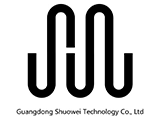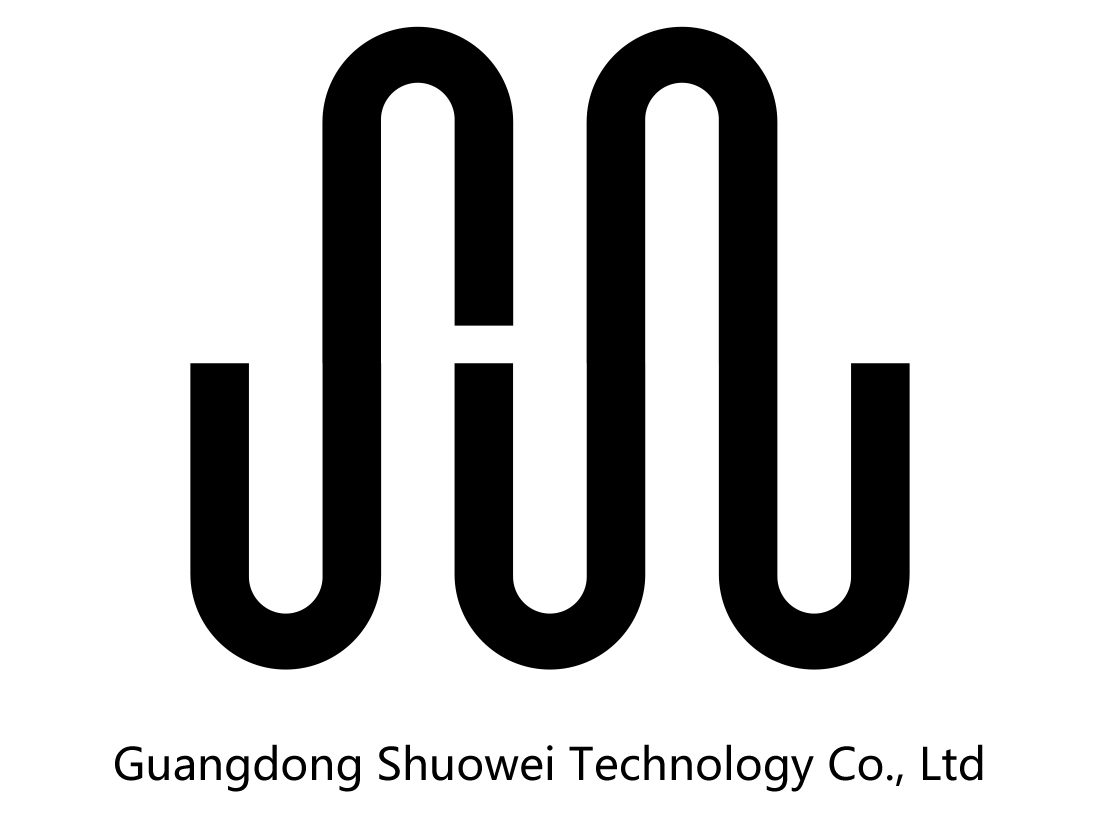With the proliferation of 3C products such as smartphones and tablets, tablet cases have become an essential accessory in our daily lives. They not only protect our devices but also add a touch of personalization to them. The market offers a variety of materials for tablet cases, with silicone, TPU, PC, and PU being the most common. This article will guide you through the characteristics and differences of these materials, helping you make a more informed choice.
Silicone Cases: The Soft Protector
Silicone is a popular soft gel material, known for its excellent shock absorption and protective capabilities. It boasts excellent resilience, good low-temperature resistance, a comfortable and smooth touch, and is non-toxic and odorless, making it environmentally friendly. Silicone cases typically use materials with a hardness of 60-80A, representing the high-end segment of tablet cases.
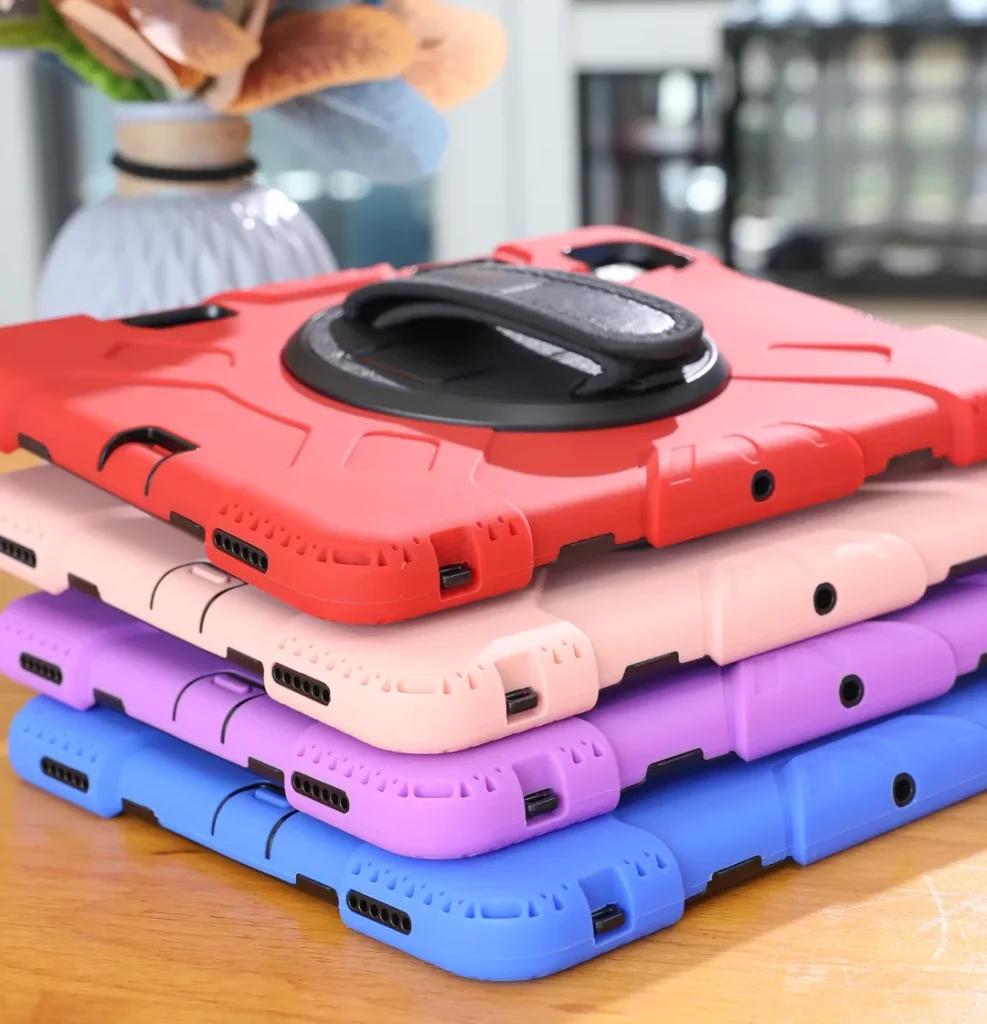
TPU Cases: The Economical Choice
TPU (Thermoplastic Polyurethane) is one of the most widely used materials for tablet cases. It shares similar excellent resilience and low-temperature resistance with silicone but is more cost-effective and easier to produce. TPU cases usually have a hardness range of 85-95 degrees, but the touch may not be as soft as silicone.
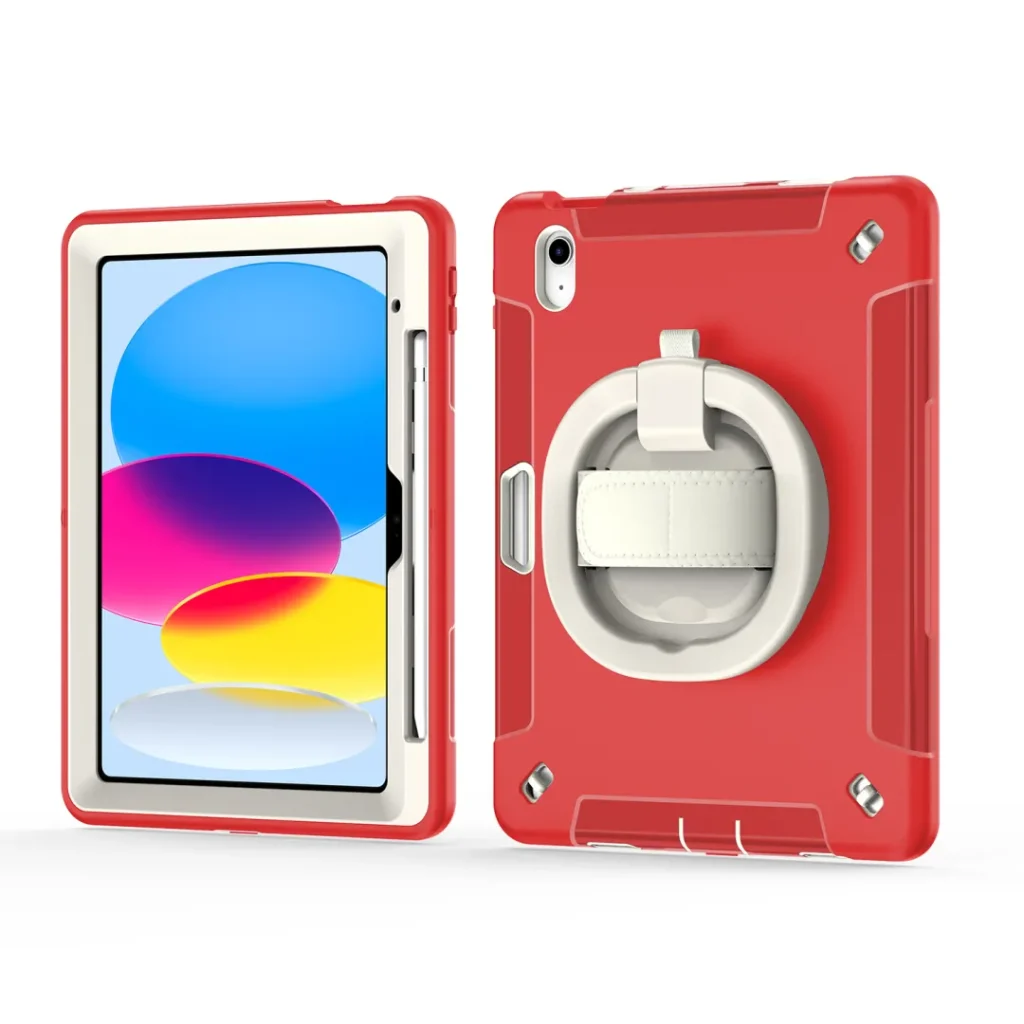
PC Cases: Transparent and Durable
PC (Polycarbonate) material cases are favored for their good light transmission, high hardness, durability, and slim profile. PC cases are rigid, with excellent strength and toughness. The transparent feel and various color options of PC material make it popular among users.

PU Cases: The Elegance of Synthetic Leather
PU leather is a synthetic material that mimics the texture of real leather. It is inherently soft and has good physical properties, being resistant to bending, soft, with high tensile strength and breathability. The pattern on PU cases is created through a heat transfer process, resulting in high breathability and water resistance, making it an ideal material for waterproof and breathable clothing.
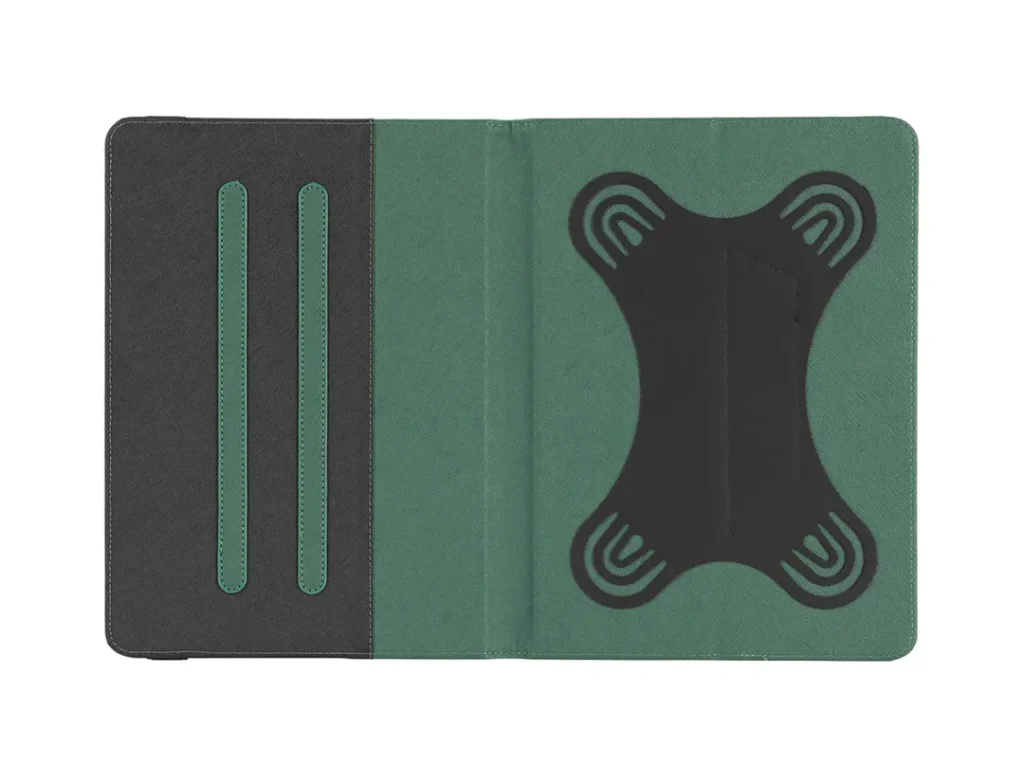
Considerations When Choosing a Tablet Case
When selecting a tablet case, in addition to the material, consider the following factors:
- Protection Level: Full-enclosure cases offer more comprehensive protection but are heavier; semi-enclosure cases are lighter but provide less protection.
- Stand Modes: Choose cases with multiple stand modes to meet various usage scenarios.
- Pencil Holder Design: For users of the Apple Pencil, it is recommended to select cases with a pencil holder that supports magnetic charging.
- Appearance and Touch: Choose a case with an appearance and touch that align with your aesthetic and usage preferences.
Conclusion
Choosing the right tablet case not only protects your device from accidental damage but also showcases your personality and taste. We hope this article helps you select the most suitable tablet case according to your needs and budget.
